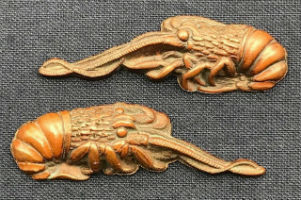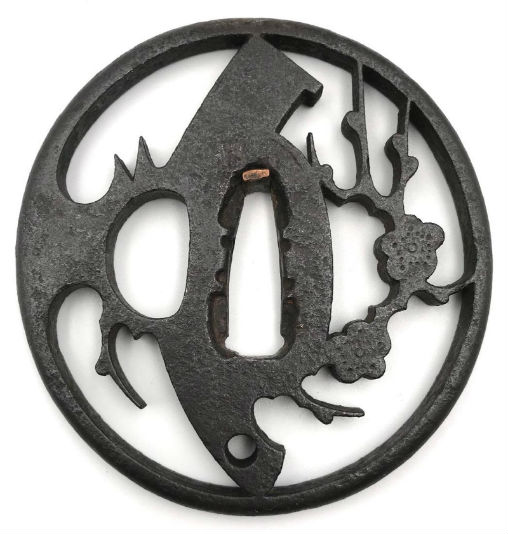
NEW YORK – While China gets the lion’s share of attention in Asian art, India and Japan are the focus of two Jasper52 online auctions taking place May 22 and May 23, respectively. The Indian art auction will consist of marble figures of Hindu deities, while the Japanese art auction features sword fittings and painted scrolls. Absentee and Internet live bidding is available through LiveAuctioneers.
Treasures of Japan’s Edo (1603-1868) and Meiji (late 1868-1912) periods and unsurpassed workmanship of the Japanese artists are exhibited in the May 23 auction.
The samurai sword is considered by many to be the best bladed weapon ever devised by man. Not only is it a formidable weapon, it is the symbol of a culture. Beyond the razor-shape blade, even its small parts are steeped in tradition and considered works of art.
The tsuba is the hand guard of a Japanese sword and is a collectible in itself. A well-forged iron tsuba (above) of the Higo Hayashi school (18th-19th century) has an openwork plum tree and hatchet motif. This certified authentic tsuba from the late Edo period is expected to sell for $350-$400.
Menuki are ornaments attached to a Japanese sword’s tsuka (hilt), which were designed to fit into the hand for grip. A pair of copper menuki in the form of lobsters or shrimp, about 1¾ inches long, also date to the Edo period. They are presented in a wooden box (est. $250-$300).
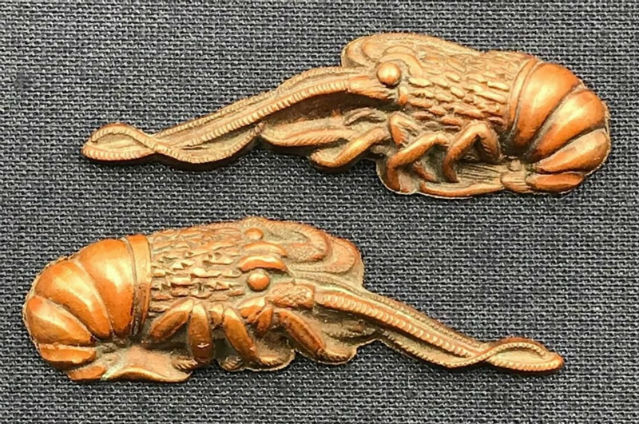
A wooden rack for displaying two Japanese swords is beautifully decorated in lacquer and mother-of-pearl to depict a bridge and irises on one side and plover amid reeds on the other. Family crests (mon) are scattered on the footing. The 45-inch-long rack dates to either the Edo or Meiji period (est. $250-$300).
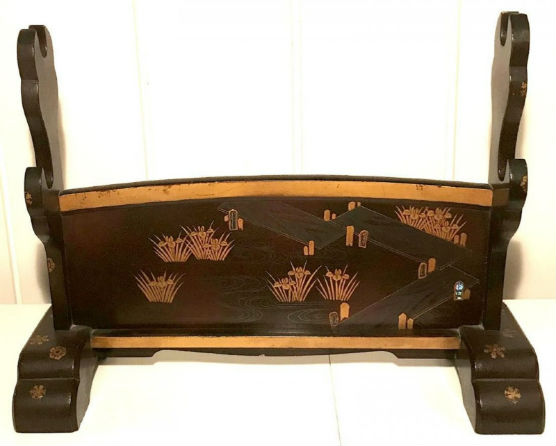
The Japanese art auction also includes a dozen painted scrolls. One done in ink and color on silk depicting a winter landscape is nearly 7 feet long (est. $350-$400).
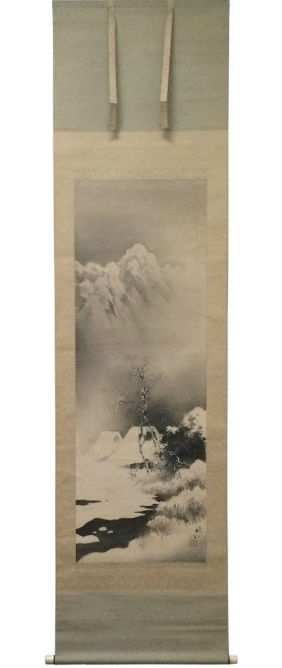
From the Indian subcontinent are more than 100 carved marble figures depicting the pantheon of Hindu deities, from Ganesha, god of beginnings, to Shiva, the destroyer of ignorance.
An 18-inch-tall representation of Ganesha carved in the 19th century has a $500-$600 estimate. The son of Shiva, Ganesha also represents prosperity, wealth and intelligence. He is the remover of obstacles and is honored at the start of Hindu rites and ceremonies.
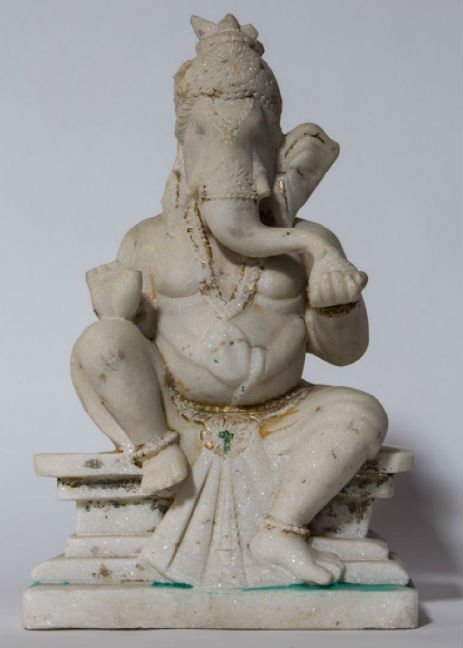
Brahma is one of the three primary gods representing the force of creation of the universe. He emphasizes the study of Vedas to gain the knowledge of one’s self. A 19th-century Brahma figure standing 17 inches high has a $400-$500 estimate.
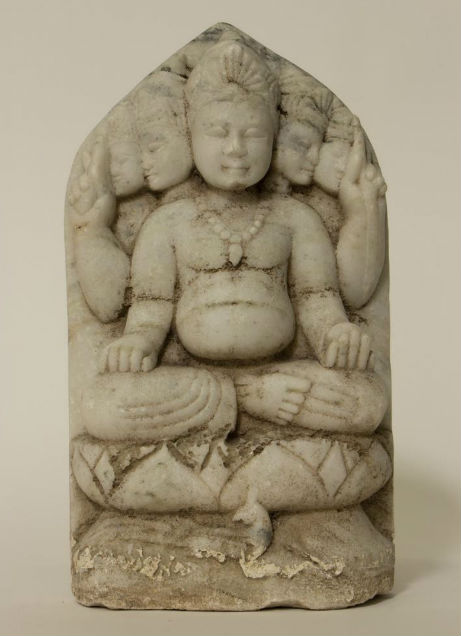
Other deities represented in the auction are Devi, Durga, Lakshmi, Krishna, Parvati, Rami and Shiva.
[av_button label=’View the fully illustrated catalog with prices realized.’ link=’manually,https://bit.ly/2wgWDgI’ link_target=’_blank’ size=’medium’ position=’center’ icon_select=’no’ icon=’ue800′ font=’entypo-fontello’ color=’theme-color’ custom_bg=’#444444′ custom_font=’#ffffff’ admin_preview_bg=” av_uid=’av-1viddb’]


